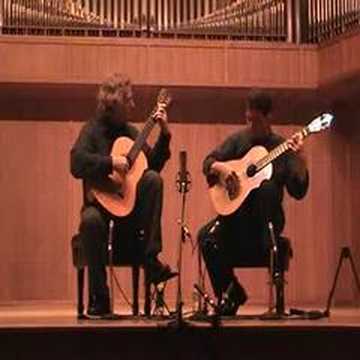This piece is a hit with an exquisite middle part that is followed by one of the most thrilling crescendo/accelerando sequence in piano history.
The ten preludes that comprise Opus 23 were composed by Sergei Rachmaninoff, one of the last of the Russian Romantic composers. Russian Romanticism was characterized by a focus on the past, especially the Middle Ages and its legends of chivalry, mysticism, the ghostly and frightening, and both nature and the supernatural. In music, the Romantic composers were dissatisfied with musical conventions and formulas.
Prelude No. 5 was included with this set of ten, even thought it was written in 1901, two years before the other nine. These ten preludes of Opus 23 and the thirteen of Opus 32 are considered by experts to be some of Rachmaninoff’s best work for the piano, even though it is said he wrote Opus 23 because he needed the money.
Part of the old aristocracy, the Rachmaninoff family had the name and position but very little money. His worthless father, apparently a gambler and womanizer, left the family in 1883, when Sergei was 10, the same year that Sergei began his studies at the St. Petersburg Conservatory. Sergei’s grandmother stepped in to help raise the family and spoiled him to the point of laziness, the result being he was not able to pass his classes. Rachmaninoff’s cousin was able to gain him admission to the Moscow Conservatory, and there Sergei flourished, graduating with honors in 1891.
Rachmaninoff’s First Symphony was poorly received by the critics and this, coupled with the opposition of the Russian Orthodox Church and the girl’s parents to his engagement to Natalia Satina (also a pianist and Sergei’s first cousin) put him into a depression which prevented him from composing for three years. Subsequently, he began psychotherapy, was able to rebuild his confidence, wrote the well reviewed Piano Concerto No. 2 in C minor, Opus 18 and was finally allowed to marry Natalia. The marriage appeared to be a happy one, producing two daughters and only one rumored affair, and lasted until Rachmaninoff’s death in 1943.
Fleeing the Russian Revolution in December, 1917 on an open sled with his family and just a few of his notebooks, he lived in Scandinavia for a year before moving to the US where he toured as a concert pianist and signed on with The Victor Talking Machine Company, a leading producer of phonograph records.
Rachmaninoff is said to have had an exceptional memory being able to hear a score once and play it from memory, even many years later. He was also tall with very large hands and a broad finger span. This, along with other physical characteristics, suggests he may have had Marfan syndrome.









